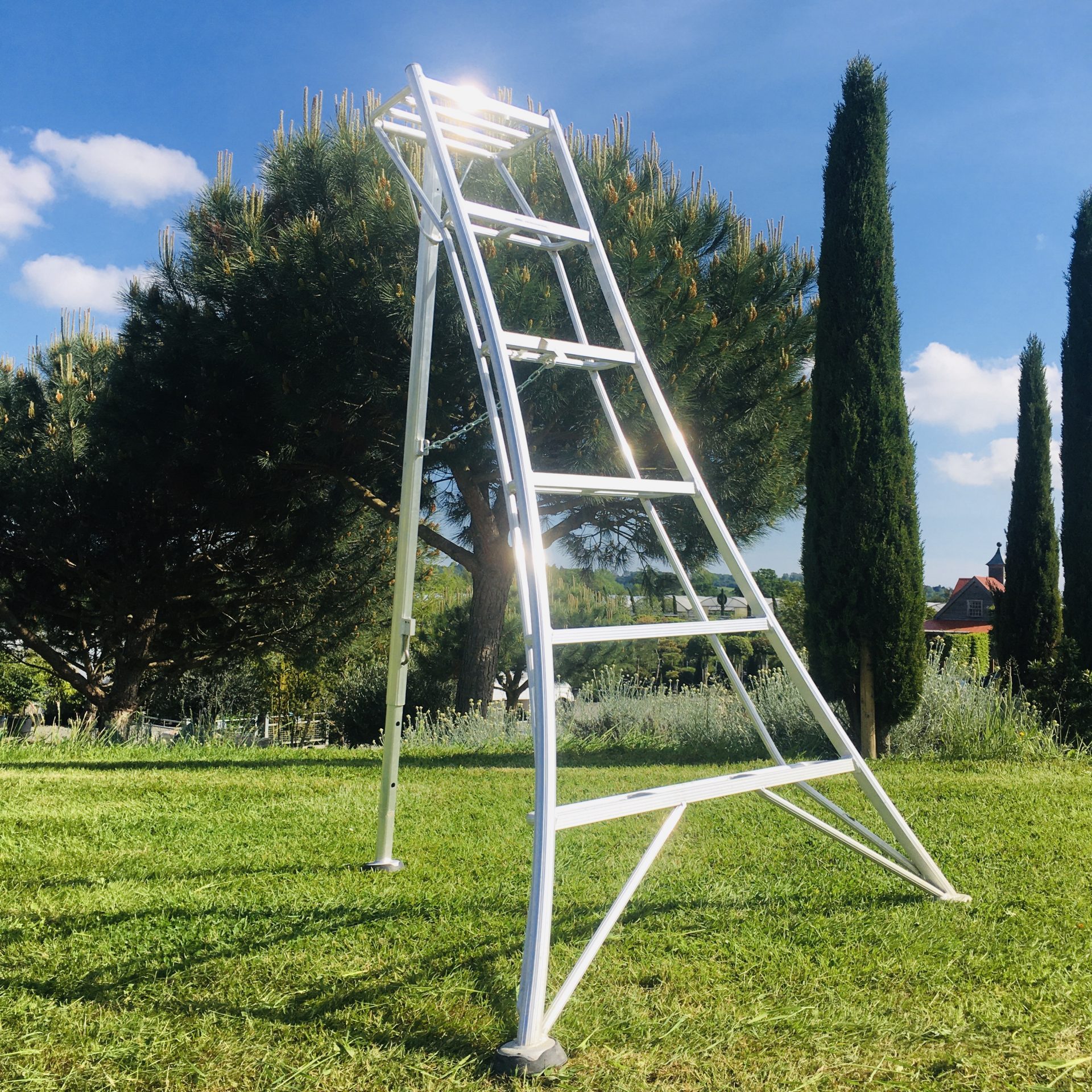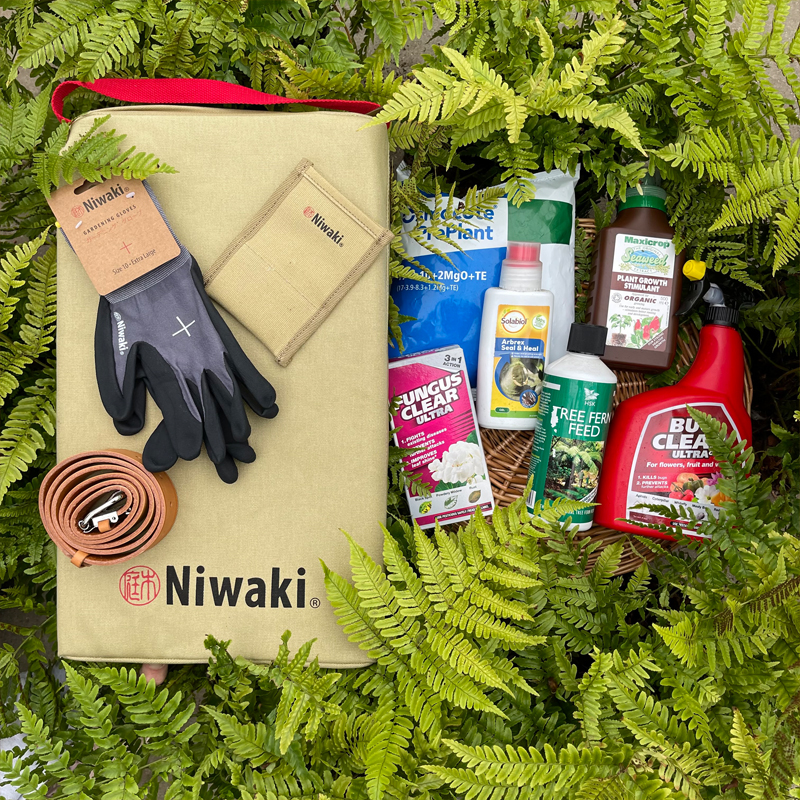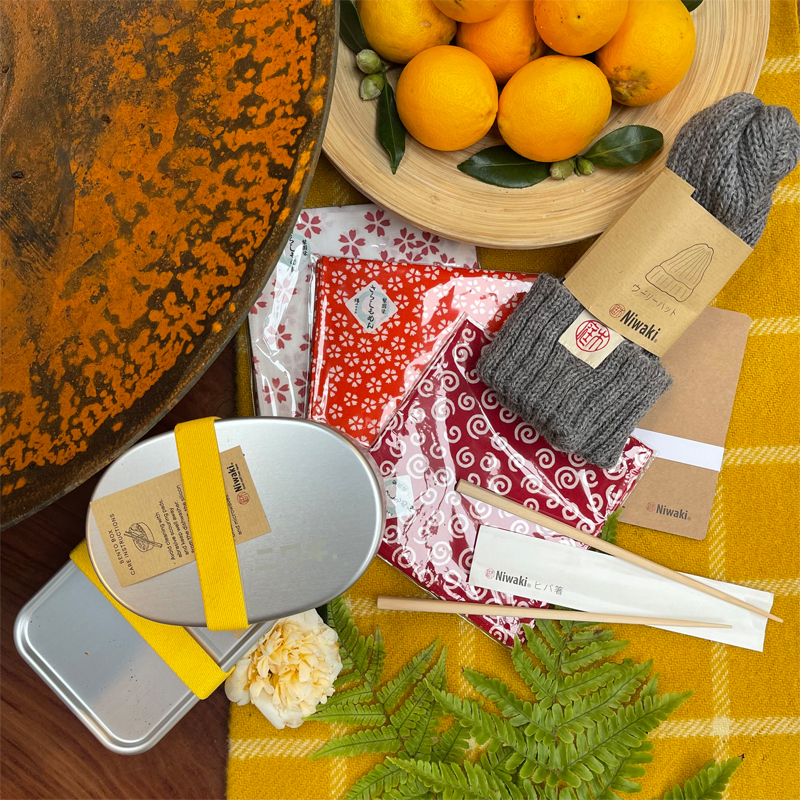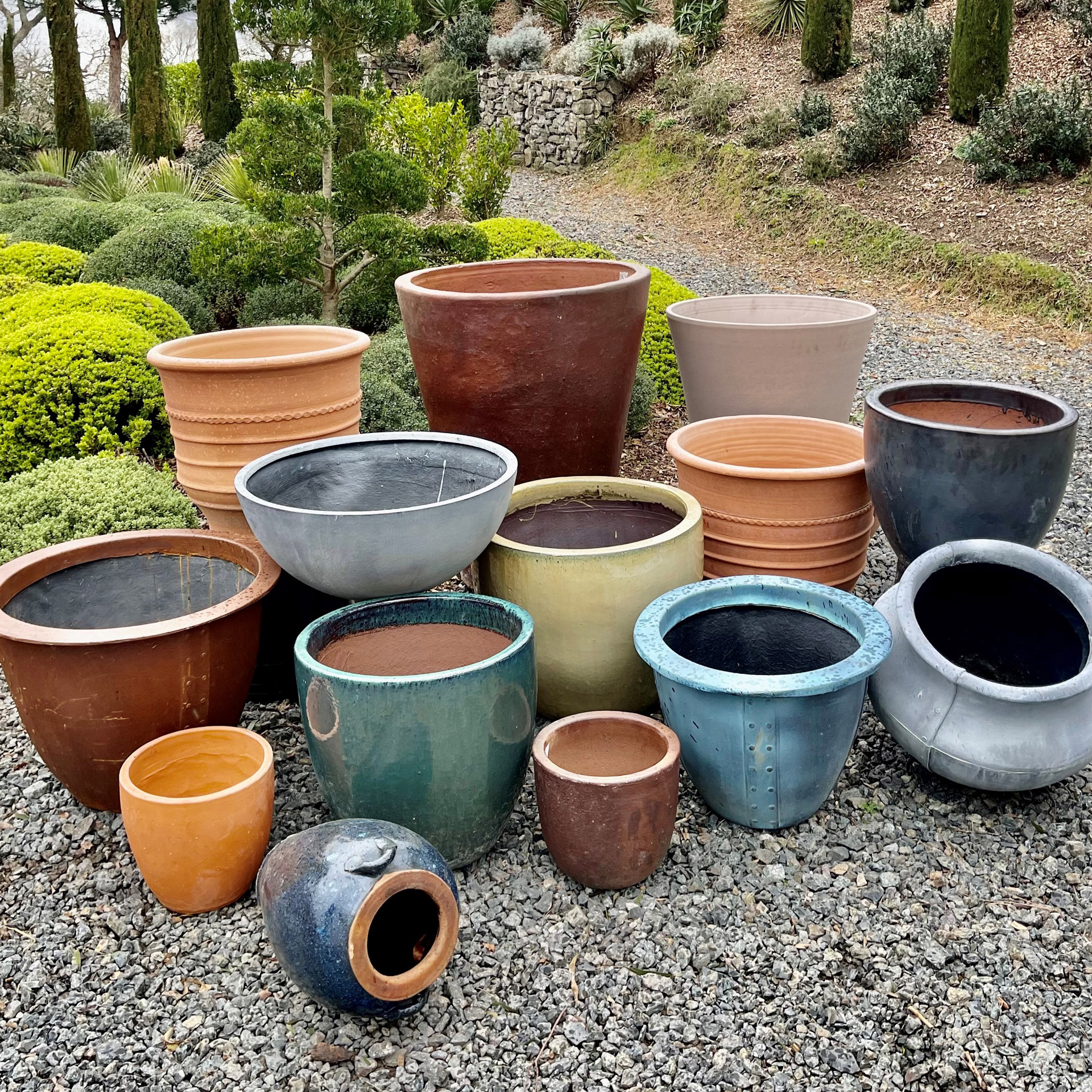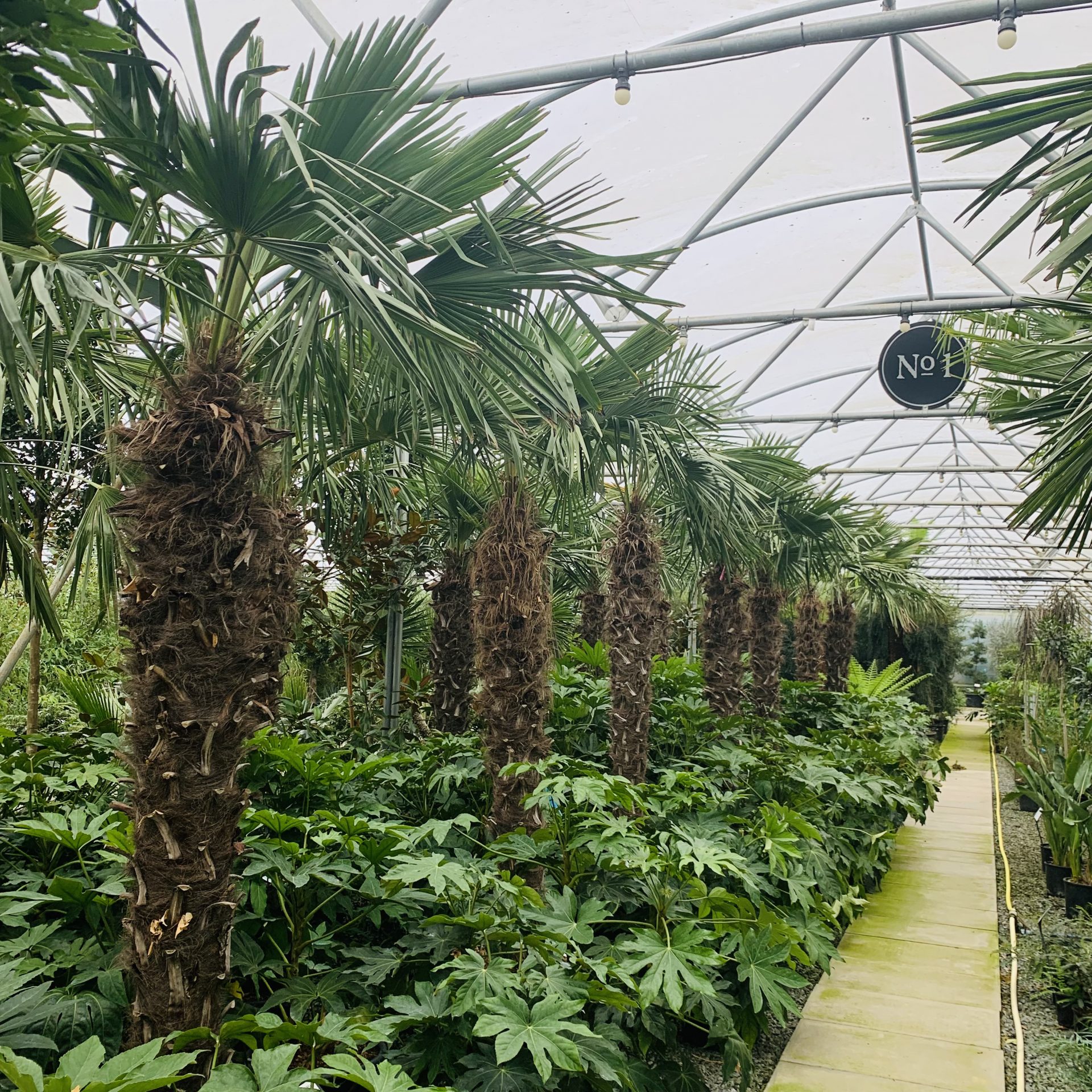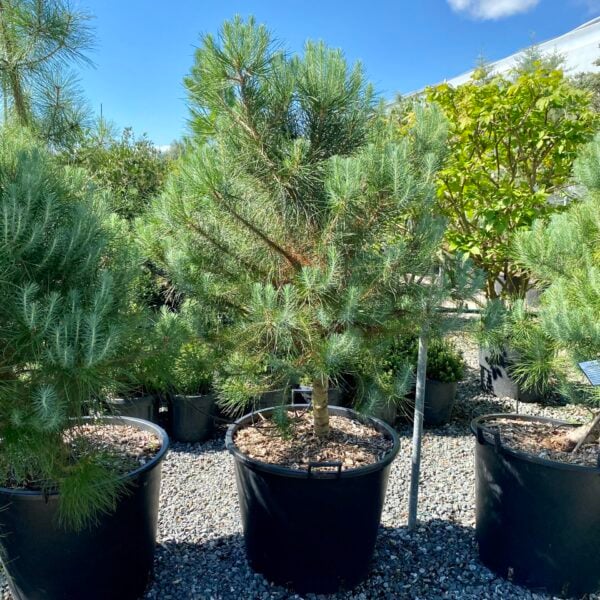Pinus pinea
Umbrella Pine, Pesto Pine, Pliny Pine, Stone Pine. Visitors to Italy – Tuscany in particular – will not have failed to notice these as they dominate the landscape along with the tall narrow Cypress trees. Despite the fact that there’s been a fine specimen at Kew Gardens since the 1840s, this is rarely grown in this country. We’ve done our best to change this (with some success) over the last 30 years and there are now more than there used to be…
They’re lovely trees wherever you grow them but to get the pukka Tuscan look there are two disciplines that need to be observed : 1. Plant lots. 2. Cut off the lower branches as the tree grows. With their wide flat umbrella-ish tops and single trunks they are undoubtedly the easiest of all pines to identify but the look is partly man made. The tradition in Italy is to cut off the lower branches which – left to their own devices – will die anyway as they get crowded out by the top branches. I used to think that the reason for this tradition was purely aesthetic – they look so lovely when you do this. It was reading an essay on Pinus pinea by the head gardener of Huntington Botanic Garden in California that put me right. He suggested that the lower branches of this tree makes perfect fodder for a pizza oven. Much as I love the idea of traditions based on aesthetics, this explanation has a much greater ring of probability. I was slightly disappointed but convinced.
They grow well in Britain – as long as they have plenty of light and space (as with all Pines) – and reasonably well drained soil. If you have a particular devotion to advanced Creative Maintenance, apart from cutting off the lower branches, you can spend happy hours up a ladder removing all the little dead twigs too. However mad you find the idea, it’s good fun and it really makes a difference.
If you can get to the cones before the squirrels, they’re the famous edible pine nuts that you can either put in your Ottolenghi salad or make your own pesto. They are pretty salt resistant and will succeed quite close to the beach.
The large plants we sell are from seed from Italy and are famously top heavy so if planted in a very windy spot, may need guying, rather than just staking. If you visit the nursery, we have a grove in a very windy spot and they’re all guyed. The smaller plants are grown by us from seed and will exhibit the characteristic juvenile foliage (short and grey) which makes the identification of seedlings of this plant so easy.
N.B. When clipping several plants with the same tool, have a bucket containing a 5% bleach solution and swish your blades around for 30 seconds between plants to sterilise them. This will help avoid the chance of cross contamination of disease.
As with all woody plants, plant high, exposing as much of the taper at the base of the trunk as possible. Allowing soil to accumulate round the base of a tree can be fatal. Keep very well watered when first planted.
Showing the single result






